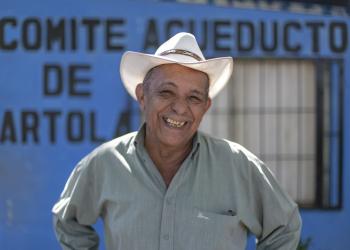
Recognizing these challenges, Costa Rica, with the CADRI Partnership’s support, has advanced its disaster risk reduction and preparedness capacities. Following a request from the National Commission for Risk Prevention and Emergency Response (CNE), the CADRI team, including experts from UNDP, IOM, UNOPS, UNHCR, UNDRR, WHO, UNFPA, and UNICEF, conducted a scoping mission in March 2023, identifying priority areas for capacity building.
On 26 June 2024, the findings of the September 2023 CADRI capacity diagnosis were validated by the National Commission for Risk Prevention and Emergency Response (CNE) and the UN Resident Coordinator’s Office. The mission, tailored through the CADRI Digital Tool, engaged 15 experts and more than 140 representatives from national and local institutions.
The process laid the foundation for a national disaster recovery framework, supported the operationalization of the recovery subsystem of the National Risk Management Policy (2016–2030), and enhanced UN–government collaboration around the National Recovery Plan. Stakeholders reported the outcomes as highly relevant and practical, noting CADRI’s influence on policies, investment alignment, and institutional awareness of climate change adaptation.
 SPANISH
SPANISHCosta Rica Capacity Diagnosis Report
11 Jun 2024
